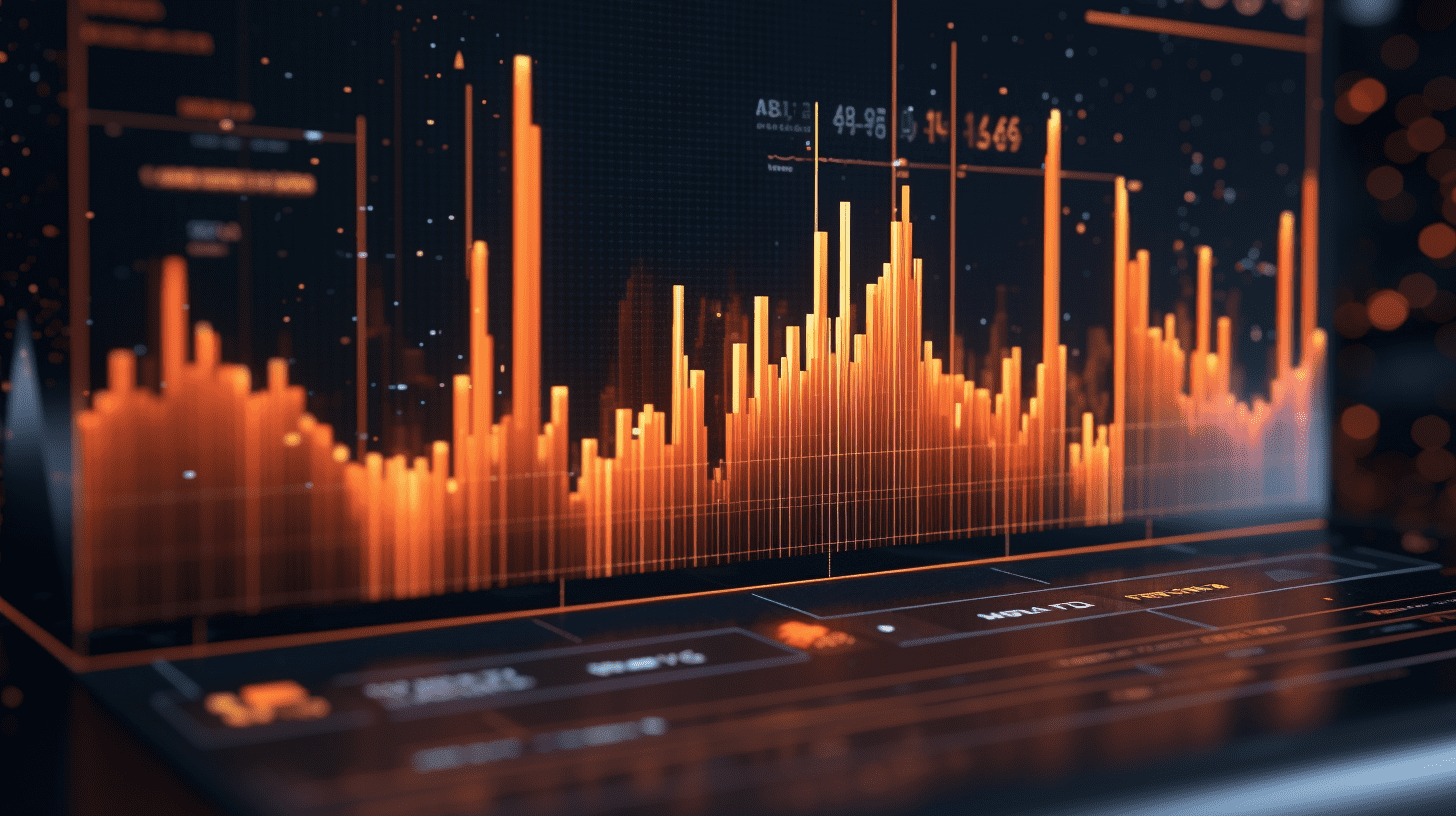HSBC raised its gold price forecast for the next two years: Geopolitical factors combined with financial risks driving safe-haven demand.
This international investment bank pointed out that the evolution of the global risk landscape and the rise in sovereign debt are the core logic supporting the long-term value of gold.
The latest research report released by HSBC Bank has significantly raised the average price forecast for gold in 2025 from $3015 per ounce to $3215, and the 2026 forecast has also been raised to $3125, a 7.2% increase from the cautious forecast of $2915.
The international investment bank pointed out that the evolving global risk landscape and rising sovereign debt are the core logic supporting the long-term value of gold. Historical data shows that during periods of escalating economic uncertainty and geopolitical tensions, the value of gold as a safe-haven asset tends to significantly increase. In late April of this year, spot gold hit a historical peak of $3500.05 per ounce, representing a more than 40% increase from the beginning of 2023.
As of 21:30 on July 1 Beijing time, the international gold price remained near the high of $3360 per ounce. In a in-depth report released by HSBC analyst team on Tuesday, it was emphasized that although the gold price has exceeded an important psychological level, the market volatility range may further broaden. It is predicted that the gold price will range between $3100-3600 for the remainder of 2025, with a target price of $3175 by the end of 2025, and is expected to fall back to $3025 by the end of 2026. The institution specifically pointed out that even in the event of a technical correction in the gold price, the substantial strengthening of gold's strategic position as a safe-haven asset and portfolio stabilizer remains above $3000.
The report further analyzes that there is a significant correlation between the trend of gold prices and central bank purchases of gold: when the gold price breaks through $3300, the pace of central banks increasing their gold holdings may slow down; if it falls back to around $3000, it may trigger a new round of reserve asset allocation trends. In the physical consumption sector, the price transmission effect is more direct. If the international gold price continues to stay above $3500, gold consumer countries represented by India and China may face demand contraction pressure, and retail markets such as jewelry and investment gold bars may experience a deviation in quantity and price.
The current market is closely monitoring U.S. policy developments: Senate Republicans are still pushing for the tax reform bill proposed during the Trump administration, despite internal disagreements over the $3.3 trillion debt expansion. Treasury Secretary Yellen recently warned that the approaching tariff adjustment window on July 9 may intensify trade frictions. These policy variables, intertwined with geopolitical risks, may continue to inject uncertainty into the gold market. The HSBC research team believes that under the multiple macroeconomic factors, the monetary and commodity attributes of gold will present a dynamic balance, and investors need to continue to monitor the trend of real interest rates, fluctuations in the U.S. dollar index, and changes in geopolitical risk premiums.
Related Articles

Powell reiterated cautious stance, expects summer inflation to heat up, ignores Trump's rate cut request.

79 vs 15! The technology stock feast restarts, with Nasdaq overwhelming the NYSE in traditional IPO numbers in the first half of the year.

Snatch the market! Saudi Arabian crude oil exports surged 7%, reaching a new high in over a year.
Powell reiterated cautious stance, expects summer inflation to heat up, ignores Trump's rate cut request.

79 vs 15! The technology stock feast restarts, with Nasdaq overwhelming the NYSE in traditional IPO numbers in the first half of the year.

Snatch the market! Saudi Arabian crude oil exports surged 7%, reaching a new high in over a year.






